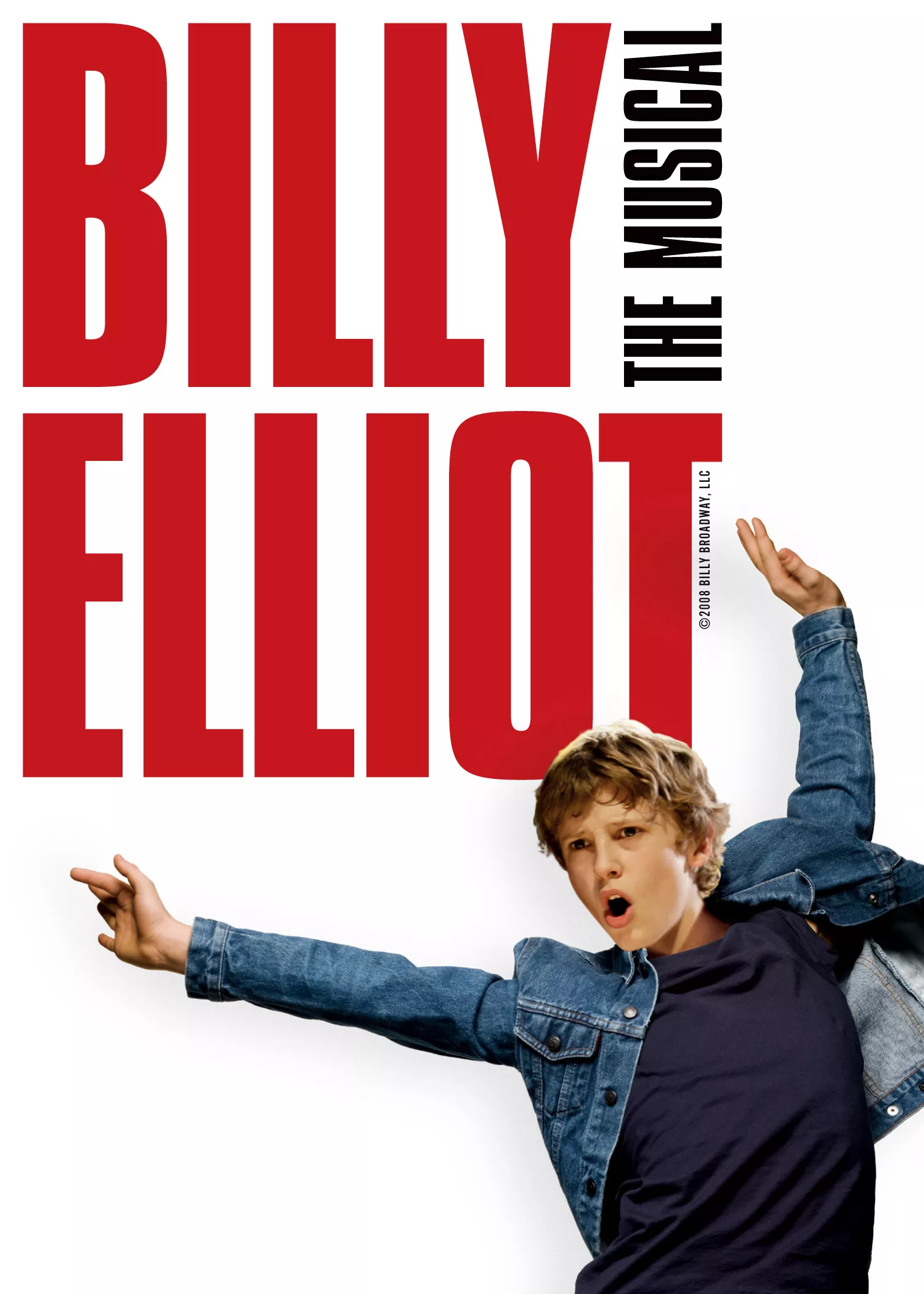

Speaking of repeating itself, Yeh Ballet includes two lines of dialogue for the price of one at times, telling the audience what they already know or have figured out for themselves.

If the intention was to look at how Saul behaves in difficult situations, that's achieved plenty elsewhere. Yeh Ballet devotes time to Saul's estranged relationship with his brother, which though interesting in concept, doesn't add anything to the story and only serves to deviate from the story of the two Mumbai boys in practice.
.jpg)
But Taraporevala's failed attempts at comedy are just a fraction of the writing issues, even just with the ballet tutor. Even though Yeh Ballet is set in contemporary India, Saul's arrival to the country - he's Israeli by way of America - is depicted through such a stereotypical overdone “first-world white man is caught unaware by third-world happenings” lens that it comes across as something from the ‘80s or ‘90s. That's not the case for talent show contestant Nishu (Chauhan), whose success draws a sharp rebuke from his father (Vijay Maurya): “Will a golden hat pay for your food?” Their worlds soon collide at a local dance academy, which has tapped the talents of a former great ballerino, Saul Aaron (Julian Sands), who's best described as cantankerous.Īnd that's where the problems begin. Thankfully, his parents (Danish Husain and Heeba Shah) are more approving. Asif routinely invites trouble, including at home, where his uncle reprimands him for doing “non-Muslim activities”.
#BILLY ELLIOT REVIEWS FREE#
Yeh Ballet opens by introducing Asif (Achintya Bose), a breakdancing enthusiast who braves the wrath of the fisherwomen as he lets loose in one of the rare free spaces amidst the Mumbai seaside slum that he calls home. It would have also made it slightly meta, and feel more real. Yeh Ballet is so focused on expanding upon a story several years old, that it's blind to the better one that's unfolding in front of its eyes. Chauhan plays himself on the film, but that fact is not even acknowledged let alone depicted, even when it leaves you with a few lines at the end that inform you where its characters are in life today. But Yeh Ballet's bigger crime is its handling of one of the two leads. No wonder then that they appear and disappear as it fits the protagonists' journey. Taraporevala writes in two female supporting members for the two ballet boys, but they have no arcs of their own and seem to exist only to propel, advise, and support the male leads.
#BILLY ELLIOT REVIEWS MOVIE#
That shows the makers don't have confidence in just the performance.Īt the same time, the Netflix movie does a major disservice to its characters. And a Bollywood pop track plays over the instrumental one in the film's big ballet number, which is also sped up now and then. It left us with the feeling that Yeh Ballet doesn't really know what it wants the audience to focus on. The lack of courage is also evident from how the camera, in the hands of cinematographer Kartik Vijay ( Manto), largely relies on a wide depth of field, which keeps nearly everything in focus. Writer-director Taraporevala delivers a by-the-numbers movie that hits the requisite beats of a slum-to-stardom template, including an obligatory moment where a disapproving parent is won over by their kid's talent, without any special touches. Unfortunately, Yeh Ballet - “yeh” is Hindi for this is - is nowhere as brave as its protagonists. Think of it as Gully Boy, but for dance, or an Indian version of Billy Elliot. Now less than three years later, Taraporevala is back with an eponymous film on Netflix - it's only her second directorial feature, in over a decade - that dramatises the boys' fairy-tale journey. And in mid-2017, Sooni Taraporevala - best known for co-writing or writing the Mira Nair films, Salaam Bombay! and The Namesake - presented it in 360-degree video with the short documentary, Yeh Ballet. In late 2016, Manish Chauhan and Amiruddin Shah, two Navi Mumbai kids from poor families, secured scholarships to one of the world's most prestigious ballet schools in the US, less than three years after they started learning the dance form.


 0 kommentar(er)
0 kommentar(er)
